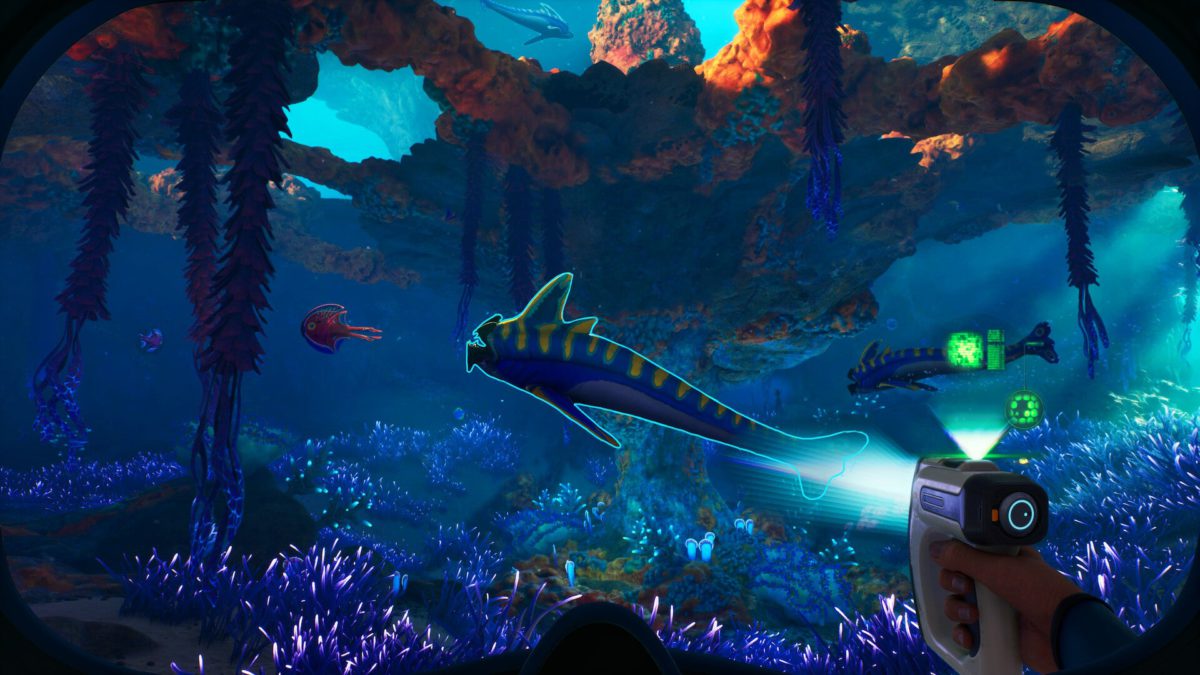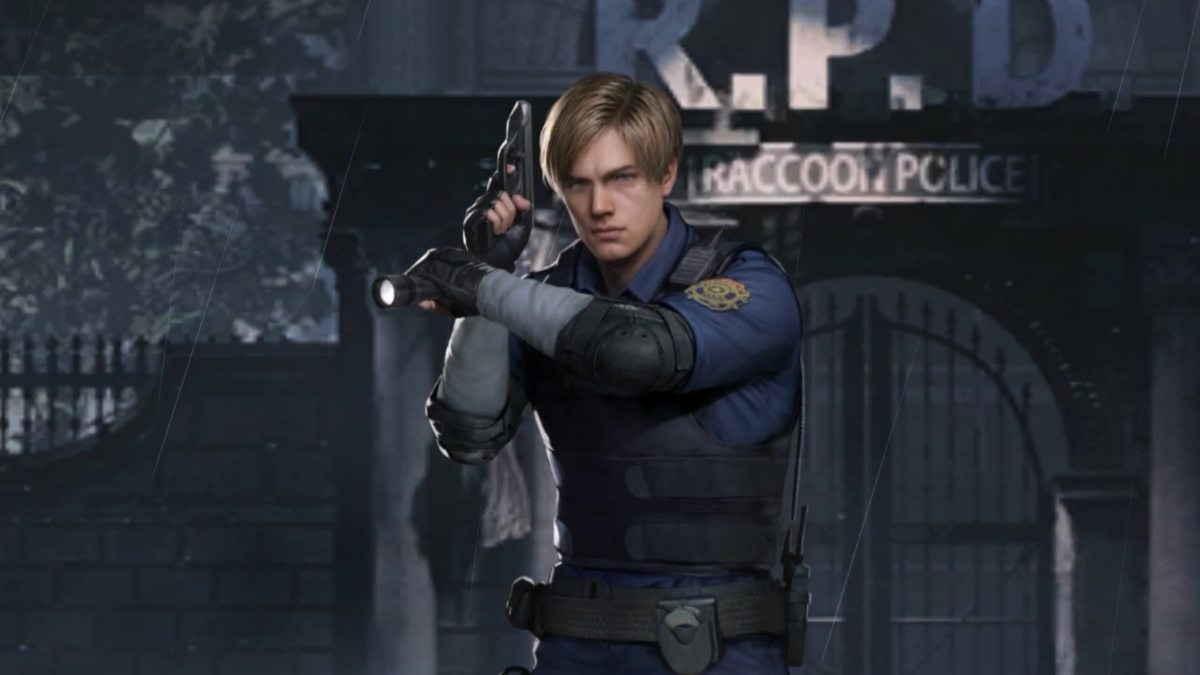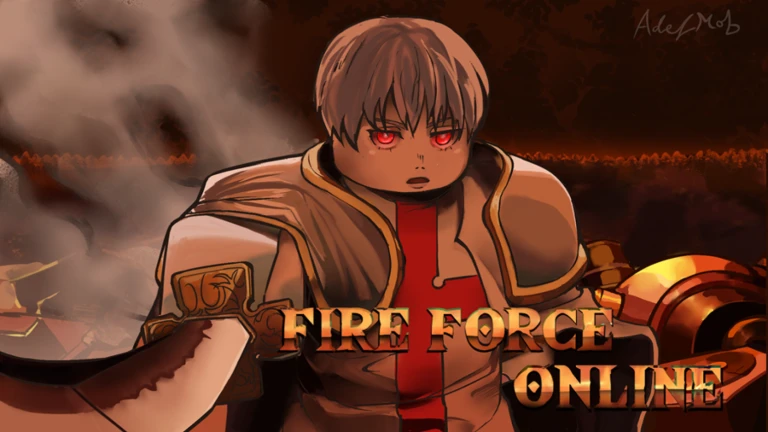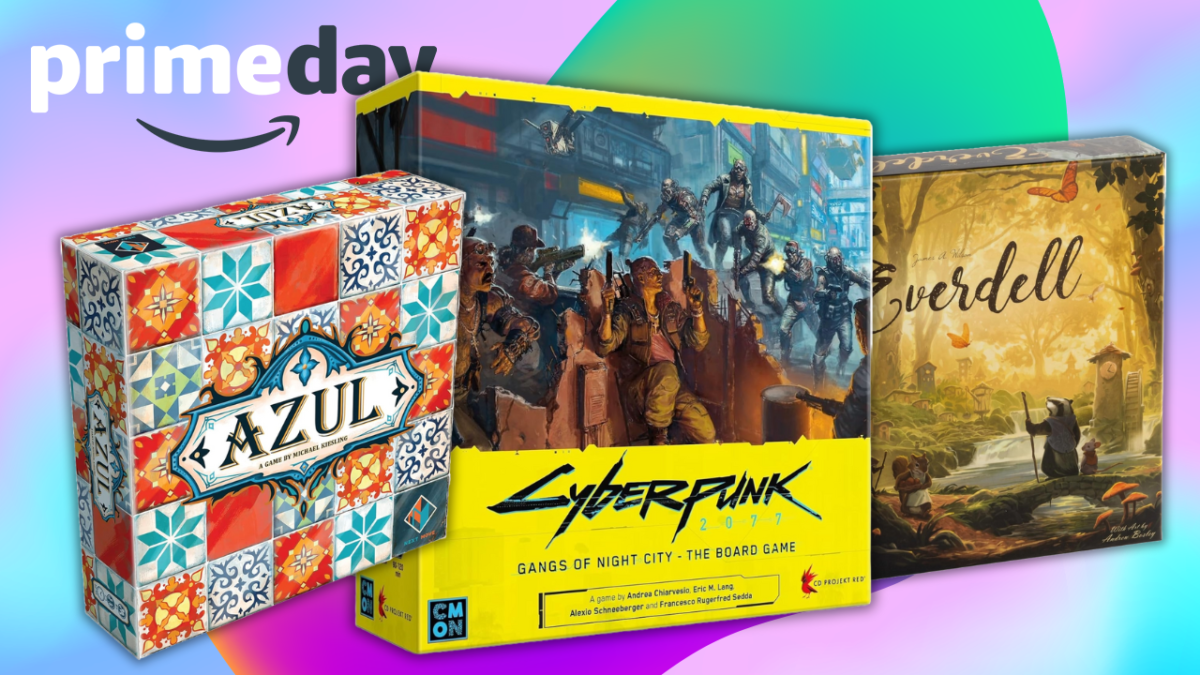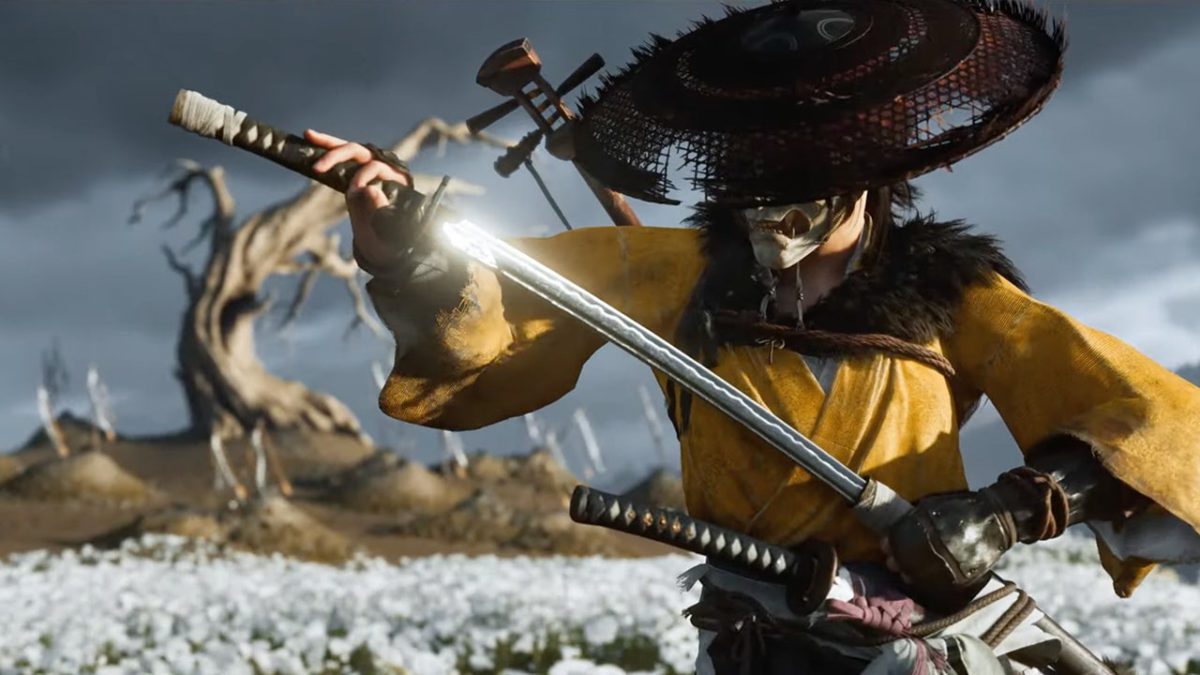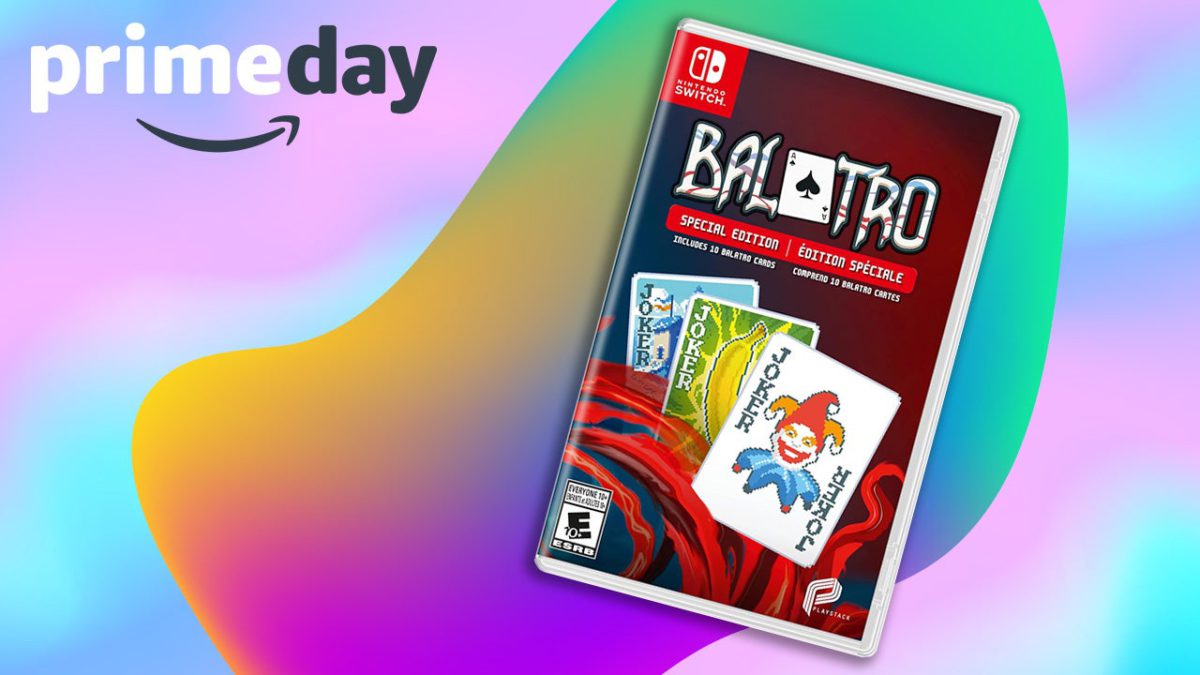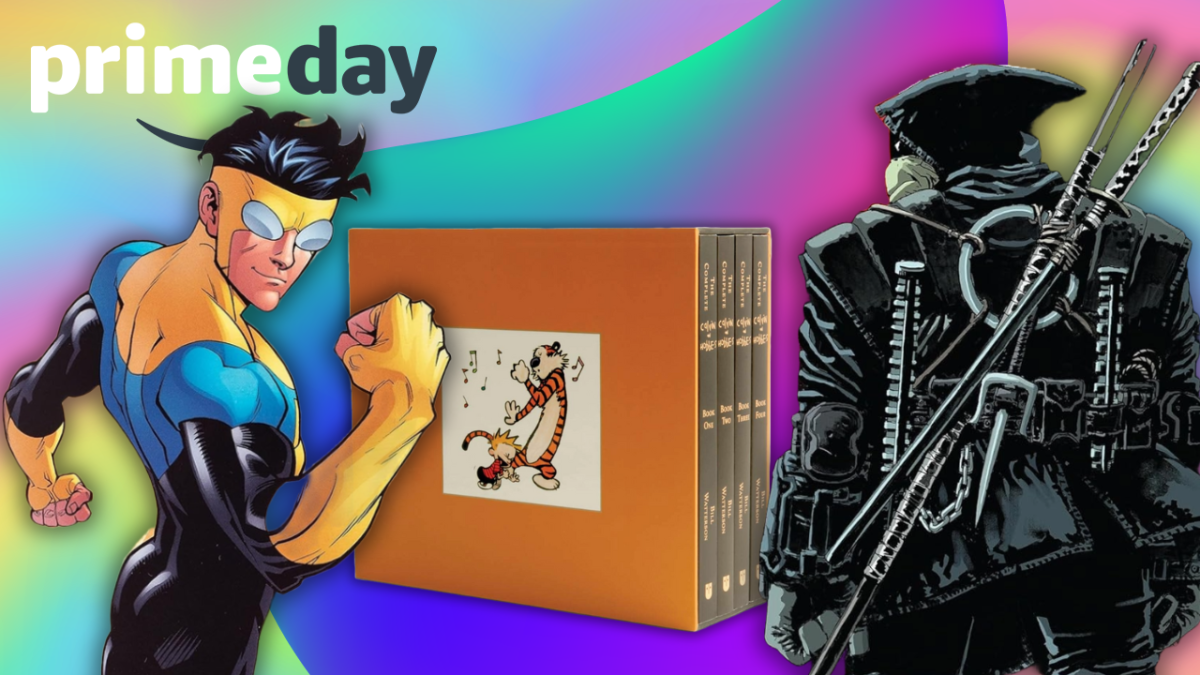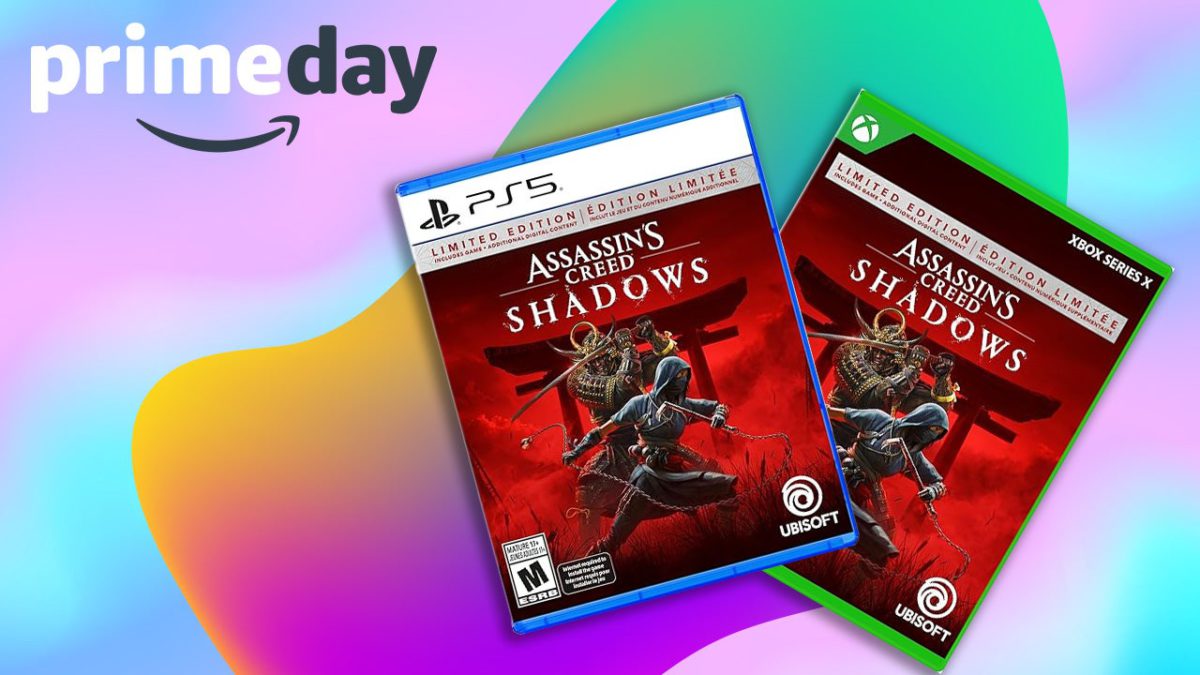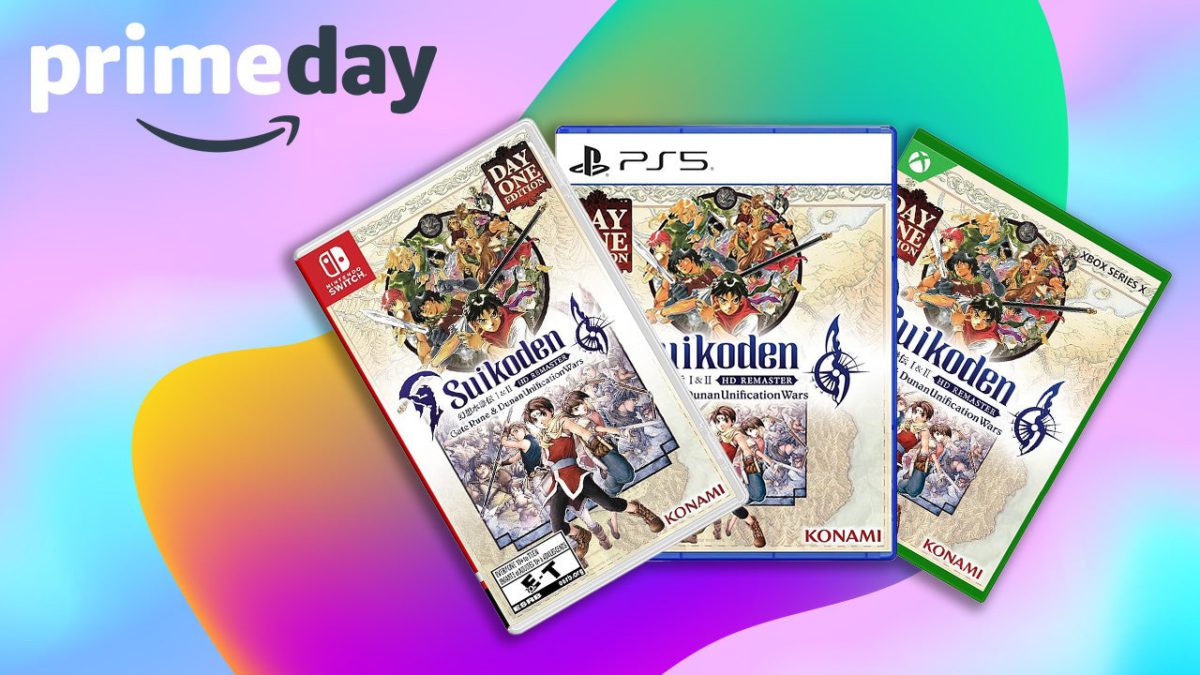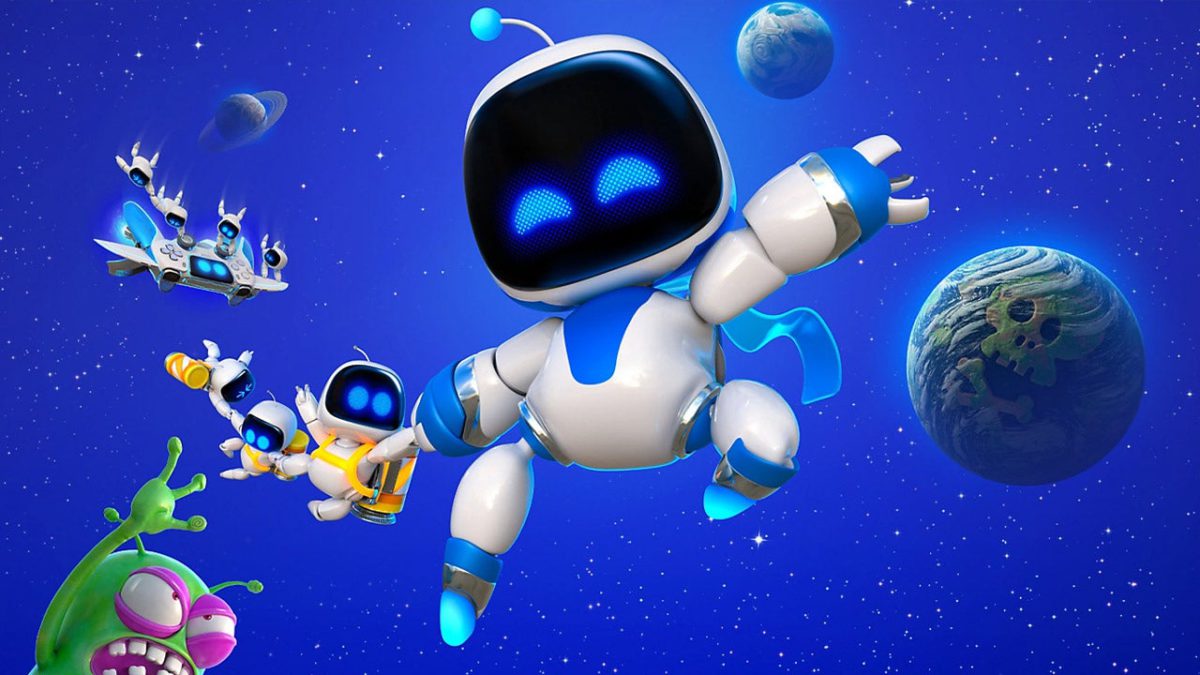
The founders of Subnautica 2 studio Unknown Worlds, Charlie Cleveland and Max McGuire, along with former CEO Ted Gill, are filing a lawsuit against parent company Krafton amid an increasingly bitter row over a $250 million bonus.
In a new statement, Cleveland called recent events “an explosive and surreal time,” and told fans anxiously waiting to play Saubnautica 2 that they “all deserve the full story.” It’s just the latest twist in a long, convoluted dispute between Unknown Worlds’ original management and Krafton, the Korean mega publisher of battle royale behemoth PUBG.
Krafton acquired Unknown Worlds in October 2021 and at the time, said the Sabnautica studio would continue to operate as an independent outfit. Last week, however, former Striking Distance CEO, Steve Papoutsis, joined Subnautica 2 developer Unknown Worlds as CEO. The shock announcement confirmed that the previous leadership team — Ted Gill, Charlie Cleveland, and Max McGuire — were replaced “effective immediately.” In a subsequent statement, co-founder Cleveland responded to what he called the “shock” decision to replace the leadership team, saying that “after all these years, to find that I’m no longer able to work at the company I started stings.” The statement also intimated that while the former leadership team considered the game ready for early access release, Krafton did not.
Then, earlier this week, reports came to light that Subnautica 2 was delayed to 2026 just months before Krafton was due to pay a $250 million bonus to the development team. Bloomberg said the delay was “against the wishes of the studio’s former leadership,” and that the $250 million bonus would have kicked in if Unknown Worlds hit certain revenue targets by the end of 2025. Without Subnautica 2 coming out this year, hitting those revenue targets is unlikely, and the bonus won’t be paid out.
In a statement to IGN, Krafton insisted the decision had nothing to do with “any contractual or financial considerations.” Instead, Krafton claimed, the delay was about responding to feedback from playtests, and delay talks were already under discussion before Cleveland, McGuire, and Gill were outed.
Then, in a new statement that made a series of allegations against the previous leadership team, Krafton claimed it made “multiple requests” to Cleveland and McGuire to resume their responsibilities as game director and technical director, respectively, but allegedly both declined.
“In particular, following the failure of Moonbreaker, Krafton asked Charlie to devote himself to the development of Subnautica 2. However, instead of participating in the game development, he chose to focus on a personal film project,” the statement said. “Krafton believes that the absence of core leadership has resulted in repeated confusion in direction and significant delays in the overall project schedule.”
Krafton then said it allocated 90% of the up to $250 million earn-out compensation to Cleveland, McGuire, and Gill, leaving the remaining 10% for the rest of the development team.
“Specifically, in addition to the initial $500 million purchase price, we allocated approximately 90% of the up to $250 million earn-out compensation to the three former executives, with the expectation that they would demonstrate leadership and active involvement in the development of Subnautica 2,” Krafton alleged.
Now, Cleveland has confirmed that the former leadership is taking legal action against Krafton, and disputed the allegation that they wanted to “keep [the earnout] all for ourselves,” calling the claim “totally untrue.” He did not, however, expand on what grounds, exactly, the former management team is suing under.
“It continues to be an explosive and surreal time for the Subnautica team and community. None of this is what we wanted. But we truly appreciate the amazing support we’ve gotten from everyone. It means a lot to us, especially now,” Cleveland stated.
“As I wrote last week, we know in our souls that the game is ready for Early Access — that’s just how we roll. And we’d like nothing more than for you to play it (game devs live for this). But it’s not currently under our control.
“We’ve now filed a lawsuit against Krafton: the details should eventually become (at least mostly) public — you all deserve the full story,” he added. “Suing a multi-billion dollar company in a painful, public and possibly protracted way was certainly not on my bucket list. But this needs to be made right. Subnautica has been my life’s work and I would never willingly abandon it or the amazing team that has poured their hearts into it.
“As for the earnout, the idea that Max, Ted and I wanted to keep it all for ourselves is totally untrue. I’m in this industry because I love it, not for riches. Historically we’ve always shared our profits with the team and did the same when we sold the studio. You can be damned sure we’ll continue with the earnout/bonus as well. They deserve it for all their incredible work trying to get this great game into your hands. Stay tuned.”
Fans are now calling for a boycott, imploring others not to buy Subnautica 2 and accusing Krafton of “shady business practices.”
“I don’t know who’s in the right or wrong here, but honestly, what a bizarre business decision to promise that amount of money on that premise,” commented one fan. “Maybe Charlie didn’t do anything wrong, but no person is going to resist trying to push out a subpar product that isn’t ready when they’re staring 250 million dollars in the face. If Subnautica 2 wasn’t ready, it was going to be pushed out regardless just to get the money.
“Nobody wins in that situation. Well. Except for the person with lots of money, I guess.”
“We are rapidly approaching a ZA/UM level sh*tshow at this point,” added another, comparing the fallout to that of Disco Elysium developer ZA/UM when the studio’s leadership similarly fell out, resulting in three different studios now claiming to be developing a “spiritual successor.”
“I’m honestly not sure who is in the right here. Both sides have provided pretty damning arguments and I don’t think we’ll really know until this lawsuit plays out (and possibly not even then),” suggested this player. “That being said, I would love to see if it’s just those three asking for money (and screwing over the rest of the team) or if they’re including the team in their lawsuit in some respect.”
“Krafton is a massive company with an assuredly sizable legal team. I simply refuse to believe that there is anything that could remotely be construed as libel in their statement considering how explicitly clear their statement is,” reminded another fan.
“I’m sure the truth is somewhere in the middle but I can’t help but notice that nobody has denied Krafton’s allegations so far. They’re also a large enough company that these guys know they will very much agree to settle for a fraction of the 250 million to make this whole problem go away.”
Krafton has yet to comment publicly on Cleveland’s latest statement. IGN has asked for comment.
Vikki Blake is a reporter for IGN, as well as a critic, columnist, and consultant with 15+ years experience working with some of the world’s biggest gaming sites and publications. She’s also a Guardian, Spartan, Silent Hillian, Legend, and perpetually High Chaos. Find her at BlueSky.

